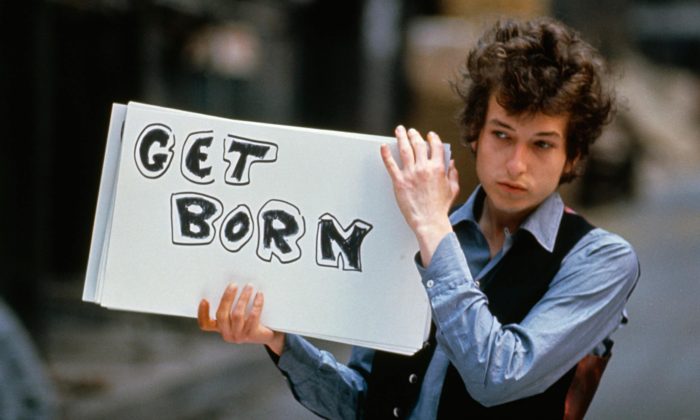
Bob Dylan is 78 years old. For more than 50 of those years, he has worked with film, both in front as well as behind the camera. Notorious for shooting down any labels the media wished upon him – he thinks of himself “more as a song and dance man, y’know?” – there is a deep pool of great Bob moments that we’re lucky to have captured on celluloid. And while it pains me to exclude Todd Haynes’ film I’m Not There (with seven actors portraying the legendary hero), this is a selective list limited to key performances and roles as actor, writer, director, and editor.
Masked and Anonymous (2003)
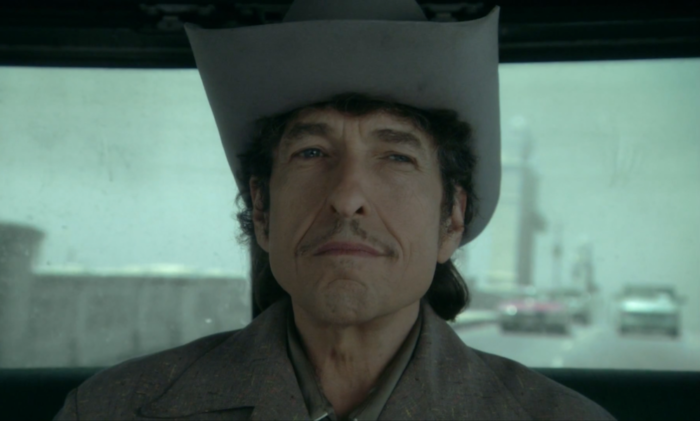
Masked and Anonymous is, as you’d expect from Dylan, more of a puzzle than film. The debut film from Larry Charles, who would go on to several collaborations with Sacha Baron Cohen, remains a standout serving as the only writing credit (written under the pseudonym Sergei Petrov, co-written with Larry Charles) and the only acting credit in the 21st century. It was a misfire upon its release, despite including a cast that included Jeff Bridges, Penelope Cruz, Bruce Dern, John Goodman, Ed Harris, Val Kilmer, Jessica Lange, Mickey Rourke, and Christian Slater.
Pat Garrett and Billy the Kid (1973)
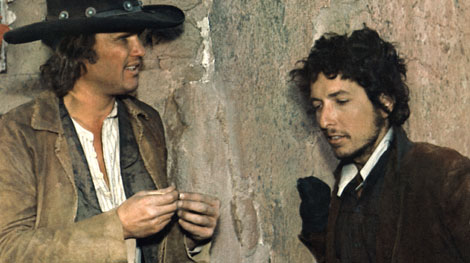
The unfinished masterpiece of Sam Peckinpah, who attempted to have his name removed from the film after a notorious battle with studio Metro-Goldwyn-Mayer, who substantially re-edited the film resulting in a truncated version that was disowned by cast and crew-members. It wasn’t until a version in 1988 was restored to the then-deceased director’s initial specifications, that re-labeled the film as a mistreated classic and one of the era’s best films.
Dylan’s portrayal of a wily stranger named Alias marks his first appearance on a big movie production but the standout performance is the soundtrack he composed, featuring “Knockin’ on Heaven’s Door.”
Renaldo and Clara (1978)
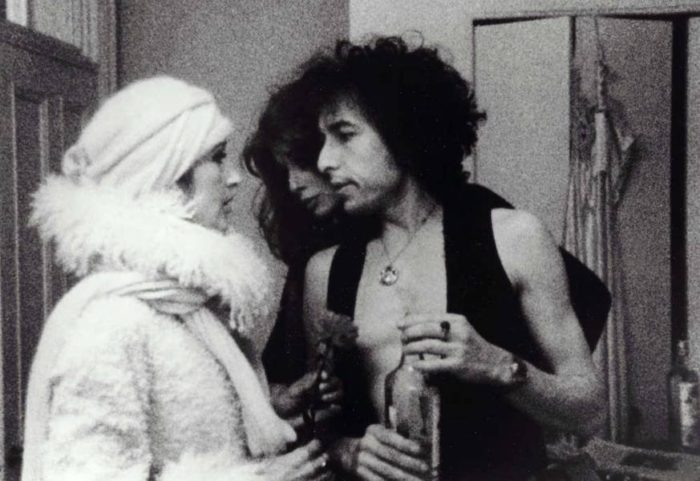
Originally released as a 4-hour cut, this 1978 film incorporates multiple genres: concert footage, documentary interviews, and fictional vignettes. It remains the only narrative film directed by Dylan and was pulled from theaters weeks after its limited run due to negative reviews. Written by Dylan and Sam Shepard, the film features appearances and performances from T-Bone Burnett, Ramblin’ Jack Elliott, Allen Ginsberg, Arlo Guthrie, Joni Mitchell, Mick Ronson, and Harry Dean Stanton.
Eat the Document (1966)
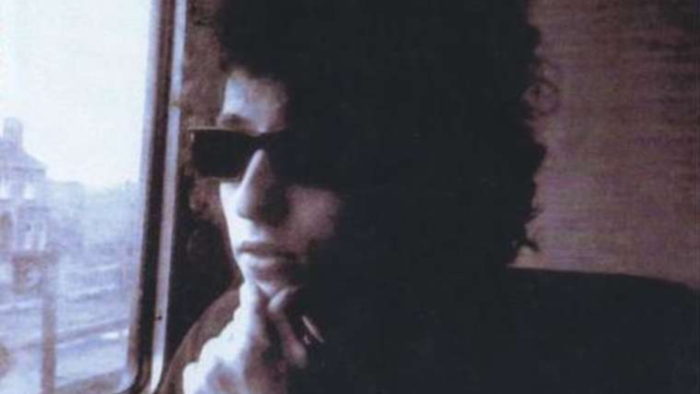
Chronicling a 1966 UK tour with The Hawks (who would later become The Band), Eat the Document remains as one of the most essential projects related to Dylan, if only because it’s so rarely screened and scarcely available.
Dylan had presided over the shooting and editing of the footage compiled by D.A. Pennebaker (Don’t Look Back), transforming it into a non-linear blur of rehearsals, performances and hangouts – including a piano duet between Dylan and Johnny Cash.
It remains a central source text for Todd Haynes’ I’m Not There as it’s as close to a key to untangling the many versions of Dylan and his mythologies.
No Direction Home (2005)
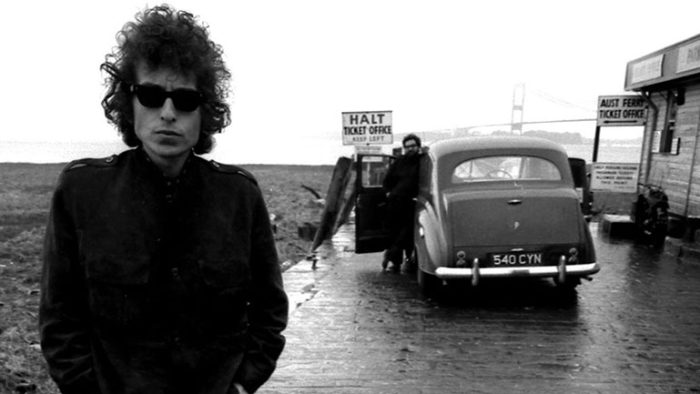
Martin Scorsese’s three-and-a-half hour documentary “No Direction Home” is the most comprehensive film ever made about Dylan, capturing Dylan’s rise to fame as a folk singer and songwriter, through his “retirement” following his motorcycle accident and focusing on the impact he’s had on the 20th century, featuring rare on-camera interviews with Dylan himself. Using borrowed archival footage from several other documentaries, Scorsese helps to shape a thorough account of Dylan’s creative genius through major turning points of his career.
Dylan claims to have no involvement in the project apart from the interview, saying that “[Dylan] has no interest in this… Bob truly does not look back.”
Don’t Look Back (1967)
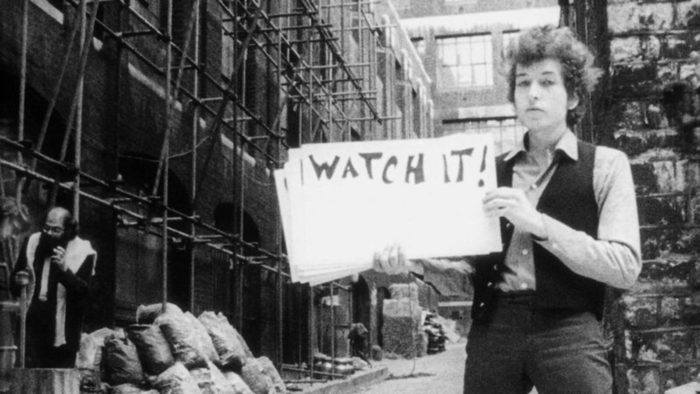
The cinéma vérité style film documenting Dylan’s first tour through England in 1965 (and what would become his final acoustic tour) remains the best version of Dylan we have, capturing him as he never would be again. D.A. Pennebaker had free reign to shoot what he thought would be concert footage and instead came away with enough fly-on-the-wall footage of alleyway and rooftop set-ups with Allen Ginsberg and Bob Neuwirth, nights in the hotel, interactions with press and his first encounter dealing with a mob of fans, resulting in enough outtakes to cut a special feature 65-minute documentary “65 Revisited.” Much of the additional lost footage was compiled together in Martin Scorsese’s 2005 documentary No Direction Home.
Don’t Look Back is a look at what may possibly be, at least at one time, the real Dylan – before going electric, before earning a Nobel prize, and before the papers labeled him an anarchist, to which he famously replies on camera, “Give the anarchist a cigarette.”
And coming June 12, 2019…
Rolling Thunder Revue: A Bob Dylan Story by Martin Scorsese (2019)

